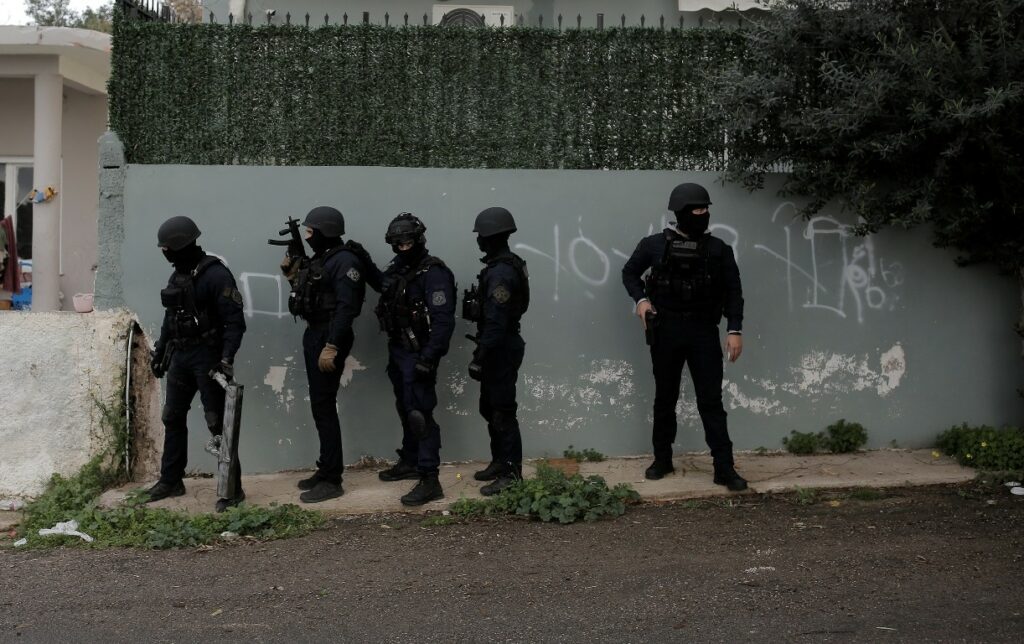
Strong winds contributed to the spread of the wildfires, says head of the National Observatory
Exceptional conditions with gusts of wind that reached record speeds of up to 120 km per hour were at least partly to blame for the devastation inflicted by the recent fires in Attica, the head of the National Observatory of Athens and professor of astronomy Manolis Plionis told the Athens-Macedonian News Agency’s radio station “Praktorio 104.9 FM’ on Wednesday.
“The high wind gust speeds certainly created the conditions for its rapid advance and spread,” Plionis said, reporting on the measurements taken by the 48 meteorological stations in Attica on Monday. “We measured the gusts in the wider area and what we saw when we analysed the data was that there were truly high wind gust speeds. In some of our stations, at the Isthmus, Kaparelli in Viotia, on Parnitha and Penteli, in Ano Liosia and in Neos Kosmos these gusts were the highest that have been recorded in eight years that we have weather stations in these areas.”
They could well hold the record for a longer period, he pointed out, but it is impossible to know because the weather stations have only been there for eight years. The conditions that had prevailed while the fires burned were exceptional, according to Plionis, with gale-force west-northwesterly winds that lasted from noon until 22:00 at night.
“The average wind speed was about 65 km an hour – we did not measure this on the ground in Beaufort but the equivalent is about 7 Beaufort on average – but the peculiarity of these winds was that there were many gusts, strong gusts that reached up to 120 km an hour. Here the equivalent in Beaufort is 12. The gusts were momentary but it is these that do the damage and create conditions for [the fire to] spread,” he said.
Asked whether wind gust speeds can be predicted, the professor noted that forecasts were better at predicting average wind speeds.
He also spoke about programmes for predicting, recording and monitoring fires and natural disasters being implemented by the national observatory in collaboration with the Athens University’s Environment Physics Department, reporting encouraging results, with the system successfully predicting the development of the Kineta fire as this occurred in real time.
Once the programme was certified and operational, Plionis said, it would be handed over for use by the state in the next six months, so that fire fighters can predict how the fire will unfold and which direction the flames will take in order to range their forces accordingly.
He also explained the operation of the FireHub system developed by the observatory that uses satellite images in order to pinpoint sources of fire through Greece at five-minute intervals and alert the fire brigade when fires started.
Source: AMNA

